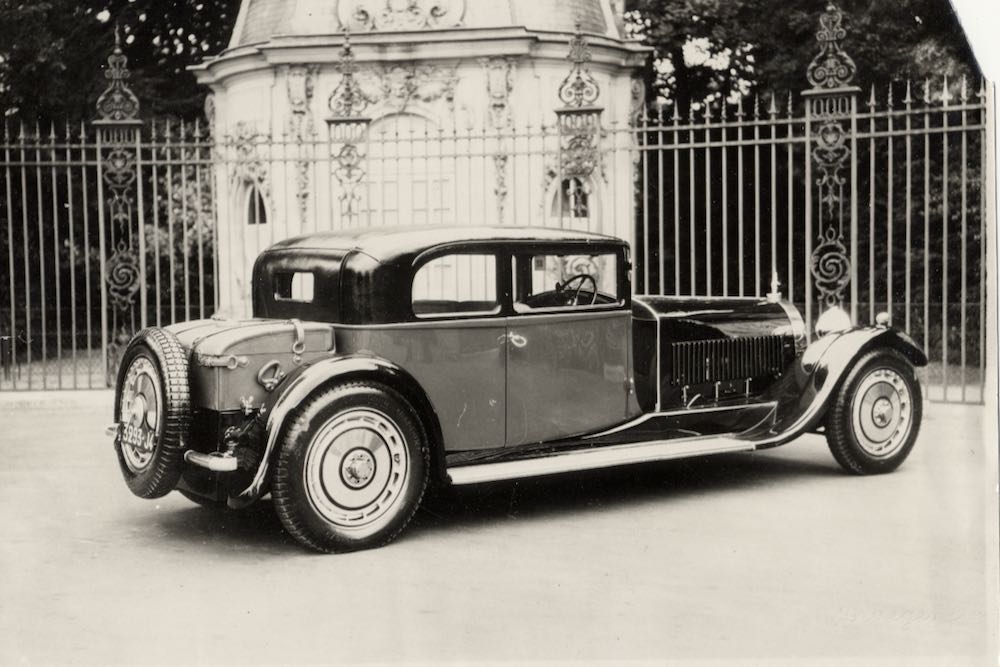In the 1920s, Bugatti created the most luxurious car in the world. In 1926, the Bugatti Type 41 Royale presented the strongest, largest, and the most extravagant vehicle in the world, delineated by incomprehensible power and opulent equipment. For Ettore Bugatti, the Royale was the peak of his creation. A vehicle that knew no competitors in terms of performance, quality and image. A vehicle for emperors, kings and queens. Simply put, “Royale” — the royal.
With a wheelbase of 14 feet and a length of nearly 20 feet, the Royale was the largest, most powerful and most magnificent car ever built in Molsheim. With a price of at least 100,000 Reichsmarks, it was around three times as expensive as similar limousines from other manufacturers and exceeded the price of other Bugatti vehicles about 10 times. Chosen clients acquired the chassis with the drive and grille. As was customary at the time, independent body construction companies such as Kellern & Cie, Weymann, Binder, Bugatti, Weinberger and Park Ward took care of the set up. Company founder Ettore Bugatti invested a lot of time and money into the development and went all in.
No Subscription? You’re missing out
Get immediate ad-free access to all our premium content.
Get Started



